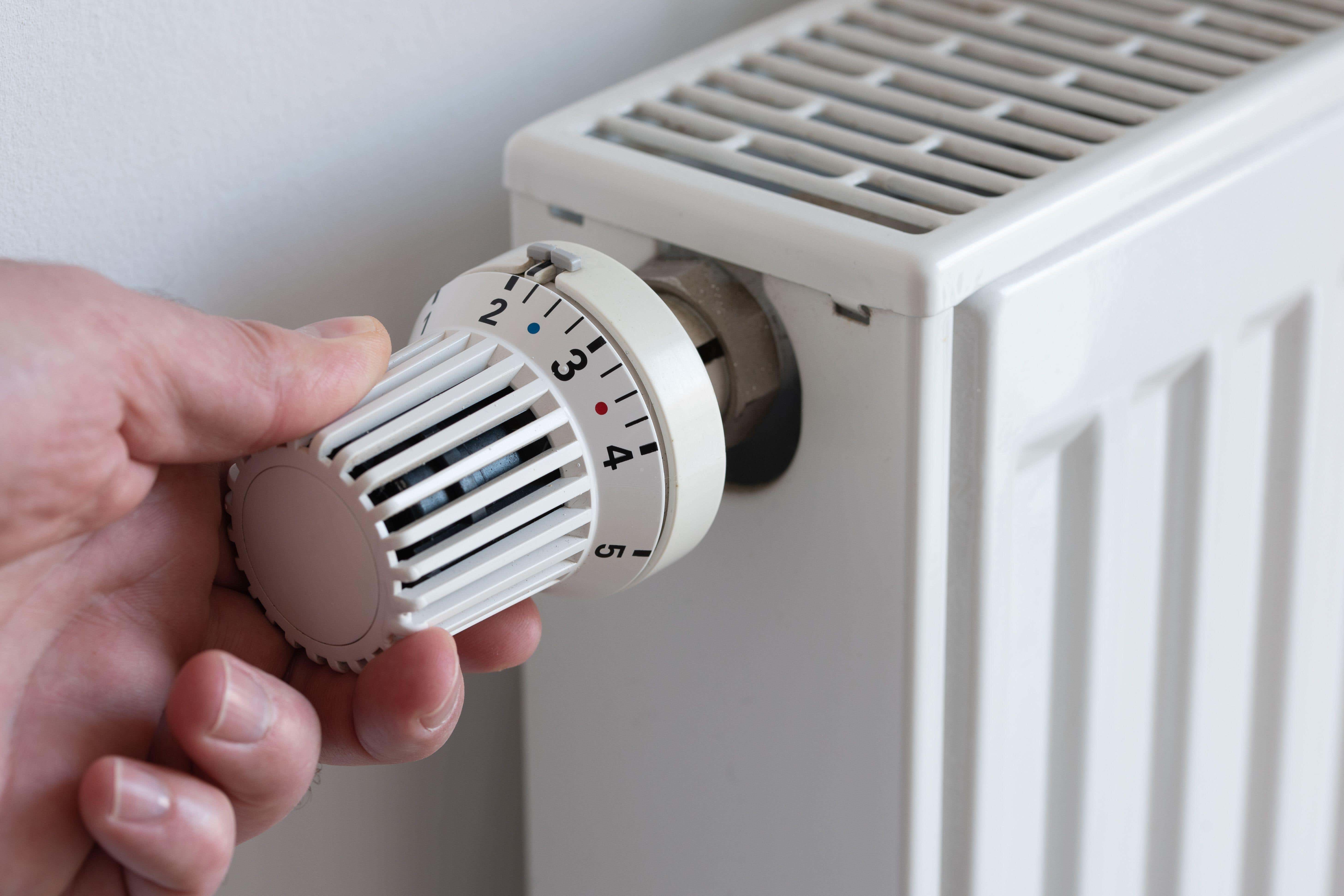As temperatures drop, American households are facing another financial burden: heating costs are expected to climb this winter, adding pressure to already stretched budgets.
The news comes amid ongoing inflationary pressures and rising energy prices, creating a perfect storm for families trying to manage monthly expenses. For many, the prospect of higher winter heating bills is more than an inconvenience—it is a challenge that could force difficult choices about household spending. Utility companies, energy analysts, and government officials are all signaling that costs are set to increase significantly compared to previous years, and the impact will be felt across the country, from urban apartments to rural homes.
Several factors are contributing to this rise in heating expenses. Global energy markets continue to experience volatility due to geopolitical tensions, supply chain disruptions, and lingering effects from the pandemic. Natural gas prices, which play a central role in heating systems for millions of American households, have been particularly affected. In addition, colder-than-expected forecasts in certain regions are expected to drive up consumption, further increasing demand and pushing prices higher.
Factors driving winter energy costs
One of the primary contributors to rising heating bills is the continued fluctuation in natural gas prices. The United States relies heavily on this fuel source for residential heating, and any instability in supply can have immediate effects on consumer costs. Experts warn that disruptions caused by international conflicts or production issues could exacerbate the situation, leaving households with fewer options to reduce their expenses.
Weather patterns also play a crucial role in determining energy consumption. Colder winters naturally increase the need for heating, which in turn drives up demand for electricity, natural gas, and heating oil. While meteorologists provide forecasts months in advance, unexpected cold snaps or extended periods of low temperatures can quickly strain energy infrastructure, resulting in higher bills.
Another important aspect is the current shift towards more sustainable energy sources. Although renewable energy projects strive to decrease both future expenses and ecological effects, the immediate consequence has been an inconsistent availability of energy resources, potentially causing costs to rise. This transitional phase, along with regulatory modifications and energy market fluctuations, adds to the unpredictability that families encounter while budgeting for winter costs.
Regional disparities and household impact
The economic repercussions of escalating heating expenses will vary throughout the nation. People living in the colder northern regions are expected to encounter more significant hikes because of their inherently higher energy use. On the other hand, areas with milder climates might experience less drastic shifts, yet even minor upticks can heavily impact families already dealing with elevated inflation. In rural locations, where heating oil or propane is typically used instead of natural gas, costs may surge sharply because of factors like transportation and distribution.
For several families, these increasing expenses will add to other financial strains. Inflation has impacted food, transportation, and medical care, resulting in less extra income available for energy costs. Experts caution that certain households might have to make tough decisions, like lowering heating levels, limiting other necessary expenses, or turning to financial aid programs to keep warm throughout the winter season.
Getting ready for increased heating expenses
Energy experts recommend several strategies to mitigate the impact of rising winter costs. One approach is improving home energy efficiency. Simple steps, such as sealing windows and doors, adding insulation, or using programmable thermostats, can significantly reduce heating demand. Additionally, households may explore alternative energy options, including electric heat pumps or solar-powered systems, which can lower reliance on traditional fuels and provide longer-term cost savings.
Government initiatives are accessible to assist vulnerable families in handling rising costs. The Low Income Home Energy Assistance Program (LIHEAP) offers monetary aid to households facing challenges in paying heating expenses, and some states provide extra aid or energy rebates. Being informed and applying early for these programs can significantly impact, helping families stay secure and warm despite increasing prices.
Experts emphasize that planning ahead is crucial. Monitoring energy usage, budgeting for higher expenses, and taking advantage of available resources can reduce the financial strain. By being proactive, households can better navigate the challenges of an expensive winter season and minimize the impact on daily life.
Factors for the long run
While the immediate concern is the upcoming winter, rising heating bills highlight a broader issue regarding energy stability and affordability in the United States. Policymakers, utility providers, and consumers alike are facing a turning point: how to balance energy needs, environmental goals, and financial realities. Investments in infrastructure, renewable energy, and improved efficiency can help mitigate future price volatility, but these solutions take time to implement.
In the short term, Americans will need to prepare for higher winter heating costs and adapt their budgets accordingly. Households across the country are bracing for the financial challenges ahead, knowing that proactive measures and informed decisions can make a tangible difference. As winter approaches, the intersection of climate, market forces, and energy policy will continue to shape the daily experiences of millions of people, underscoring the importance of planning, resourcefulness, and resilience.





